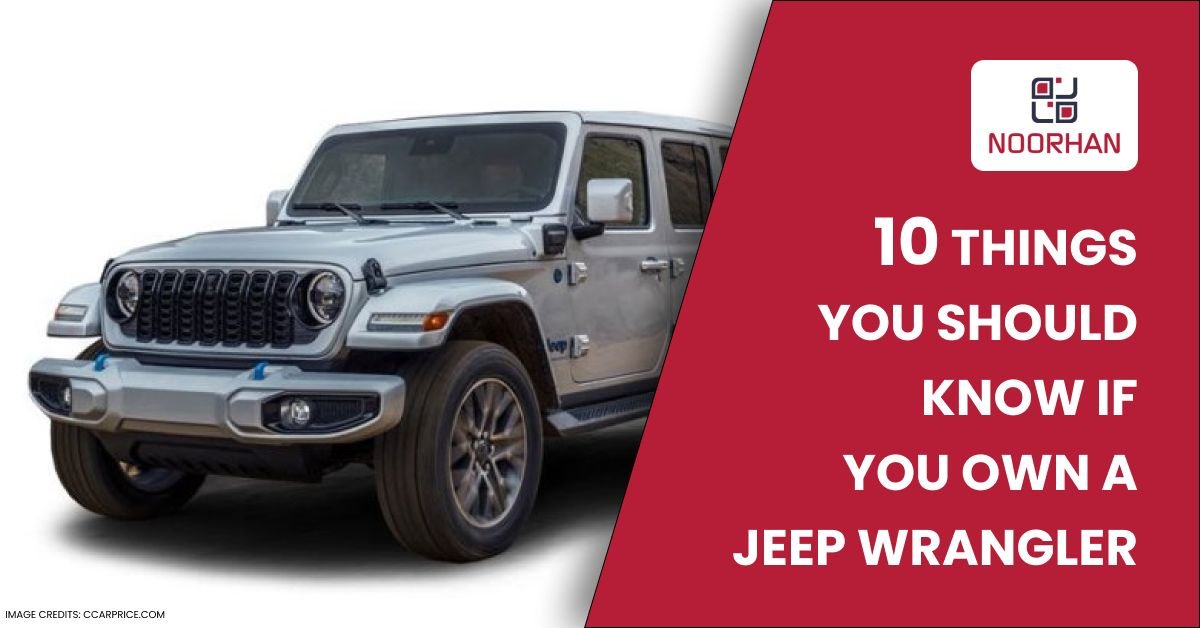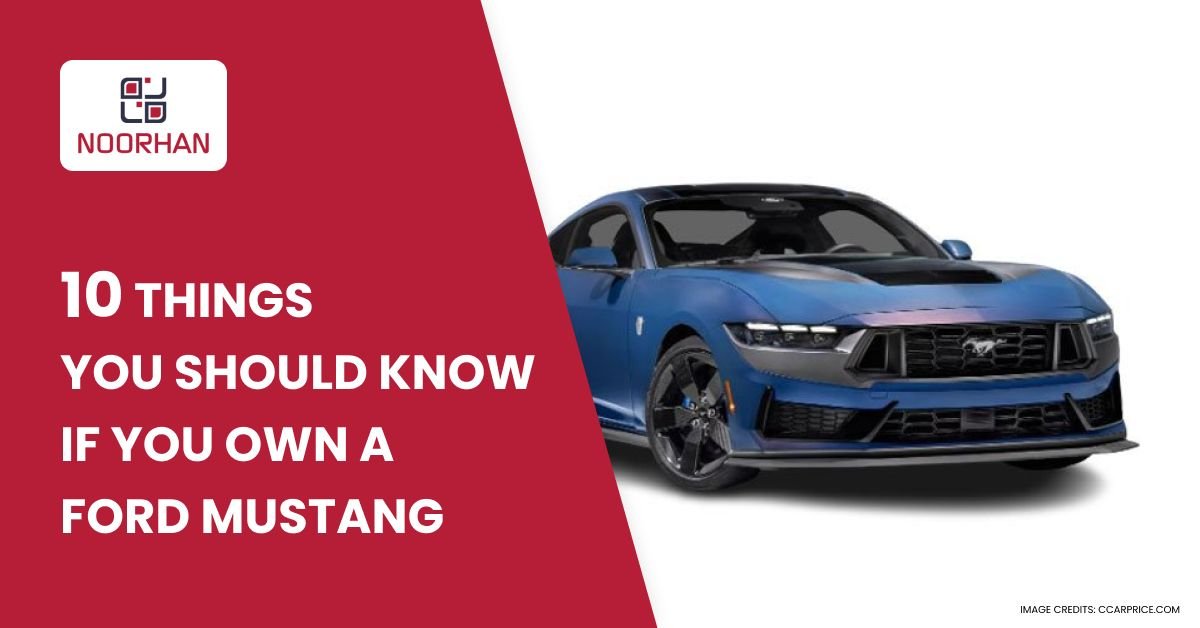Understeering and Oversteering: What They Are and How to Combat Them
The absolute least you can ask of your car when driving is stability. Imagine that you are driving along when suddenly, you run out of traction. Before you know it, you’re facing the other way as the wheels start to slide. Any kind of accident in a car is frightening because of the G-forces and loud noises involved.
Fortunately, understeer and oversteer are two clear indicators that something is wrong with your car’s steering.
There is a ton of anecdotal information available on how to handle traction loss, but how can we understand what our automobile tells us to be the proper course of action? As we address the query, what is oversteer and understeer, find out more here.
Where Do Understeer and Oversteer Happen?
Understanding the context of these concepts is crucial before delving into them. This frequently occurs when an automobile is navigating a turn in less-than-ideal conditions.
This could indicate that the tires are worn out, the road is slick, there is ice, or the driver is travelling too quickly. If your tires aren’t performing at their best, you could have either kind of steering, so it’s crucial to get winter tires and check them regularly.
Understanding Understeer
When you turn the steering wheel but your front wheels lose traction, you experience understeering. As a result, the car keeps travelling quite straight and does not turn as planned.
This typically occurs when you attempt a sudden turn at a high speed and your forward momentum overcomes your steering input. You most likely understeered when you went into a turn too quickly on the racetrack and ended up going wide and missing the apex.
Because they depend entirely on the front wheels for turning, braking, and acceleration, front-wheel drive cars are more likely to experience understeer. This puts more weight on your front tires overall, which reduces their ability to turn and raises the possibility of understeer.
What Causes understeering?
Understeer is essentially saying, “Help, I can’t grip the road enough!” Tire grip issues are serious. Your front tires don’t even know where you’re going when they can’t get adequate traction.
Understeer can be attributed to various variables. It can occur when braking hard in a corner or poor weather, but speed is usually the main cause.
- Speeding Into a Corner Too Fast: A front-wheel drive vehicle may not be able to provide sufficient traction to its front wheels for a proper turn if it is cornered too hard. Understeer results from the wheels’ inability to spin the car despite forceful steering wheel input.
- Stopping Too Hard: After you’ve already entered a corner, applying too much brake might throw the car off of balance. This indicates excessive weight over the front wheels in FWD. Understeer will result from a loss of traction caused by slipping.
- Unsafe Driving Situations: Bad weather or slick roads can induce a lack of traction. Since the front tyres need the most traction as these are the ones driving the vehicle, less traction will cause them to lose grip on the road surface resulting in inadequate turns.
- Distribution of Weight: If the front tyres of your car are carrying most or the entire weight of the vehicle, they won’t be able to handle the turns and bends. Therefore, it is imperative to ensure equal weight distribution in the vehicle. Remember, understeering is the result of weight and tire grip working together to obstruct a smooth turn.
Lowering your car’s speed when you are cornering your vehicle is the most useful remedy to understeering. While we know that some turns can be taken faster than others, we suggest you put your foot on the brake pedal and slow it down a bit when approaching a sharp turn.
For this reason, turns on lengthy segments of high-speed highways, such as motorways, are extremely gradual. Because they are made with speed in mind, drivers have plenty of time to make necessary adjustments and drive safely.
Understanding Oversteer
If understeering means that your car is not turning enough or as much as you want it to, oversteering means the complete opposite of that.
Oversteer is rather common in rear-wheel drive (RWD) cars. It happens when your vehicle turns too quickly causing the back tyres to lose their grip and slide out. Oversteering is a tactic for controlling a car and is not necessarily accidental. Oversteer is the entire foundation of one particular class of racing. You’re correct, drifting!
What Causes Oversteering?
Alright, get ready for oversteer. Your driving style and the configuration of your car work together in this crazy tango. Rear-wheel drive vehicles tend to oversteer more than front-wheel drive vehicles. Oversteer is the equivalent of trying to turn the wheel hard enough that your car’s back ends decide to slide out for a celebration.
- Too Much or Too Early Acceleration: When approaching a corner in a RWD vehicle, using the brakes too soon could be hazardous. Similarly, overusing the throttle at any one time. If the back tires lose traction from too much power, the automobile will oversteer.
- Inadequate Weight on the Rear Tires: Lack of weight over the back tires can cause oversteer and traction loss. The back end will spin if there is not enough grip. Pickup vehicles with empty beds also experience this, especially if they are RWD. Adding more weight to an automobile is generally seen negatively. However, by placing some sandbags in the trunk or bed, RWD cars can maintain traction during inclement weather.
- Lifting Off the Throttle (also known as lift-off oversteer): Lift-off oversteer, also known as “snap oversteer,” happens when a driver applies too little throttle during a corner. When this is done abruptly, the car’s weight balance is upset. This is sufficient in certain cars to result in a loss of traction. Cars with RWD, FWD, and AWD may be impacted.
- Unsafe Driving Situations: A wet road, snow, or ice can all cause grip issues for rear-wheel drive vehicles. On a slippery terrain, slippage might happen more easily with less weight over the driven wheels. The back end of the car may slide out as the rear continues its direction of movement.
One common theme between these two ideas is speed. Similar to understeer, slowing down is the easiest method to avoid it. This lessens the possibility of unanticipated turning abruptness by ensuring your car travels on a known course.
You can, however, make a few mechanical adjustments to your vehicle to perhaps lower the likelihood of oversteering. The first one has to do with tire pressure. The likelihood of a skid is decreased by applying additional pressure to the rear wheels, which increases their rotation and enables them to keep up with the front wheels. Additionally, you can fit front tires that are a little bit bigger because they should assist in offsetting any forward movement coming from behind.
How to Prevent Understeering and Oversteering?
There are times when oversteering and understeering cause collisions that damage not only your car but also another vehicle on the road. To help you avoid both driving errors, we’ve established some guidelines that you can refer to and follow while you’re behind the wheel.
Oversteering
- Try not to turn a corner too soon.
- Avoid accelerating rapidly when in a corner since this might soon cause you to lose traction.
- Avoid opening the throttle while navigating a bend since this could shift the vehicle’s weight to the front and exacerbate oversteer.
- Steer clear of applying the brakes right before or during a corner since this might quickly transfer the weight of your automobile to the front, which could cause the rear to slide.
Understeer:
- When you approach a bend, the most important thing to remember is to always check your speed. Your car may understeer if you drive too quickly, and it may bog down if you drive too slowly.
- You may slow down the car by gently letting up on the gas and applying the brakes.
- Remember that if you hit the brakes or throttle abruptly, the issue can worsen because of the sudden shift in weight that could endanger you.
- Use all of your brakes prior to the turn to ensure that your vehicle is balanced as it approaches the turn.
Oh, and good tires are like your car’s best friend. They can save the day and stop oversteering or understeer from crashing your driving party. Keep those tires top-notch – good air levels, tread not too smooth or bumpy and make sure they’re pointing in the right direction. And here’s the secret sauce: change your tires when they’re worn out. If you’re not sure when ask a tire expert in your neighborhood. They’re like tire whisperers but for real.



























































